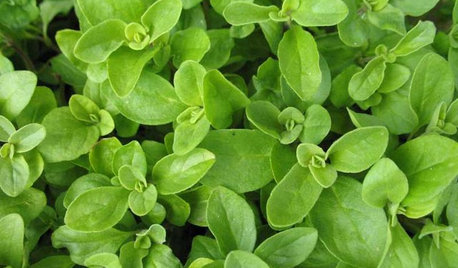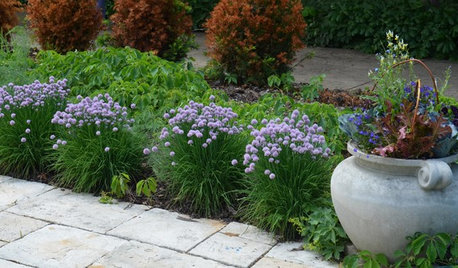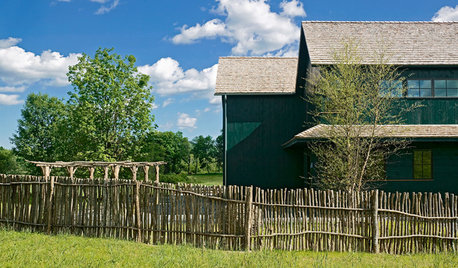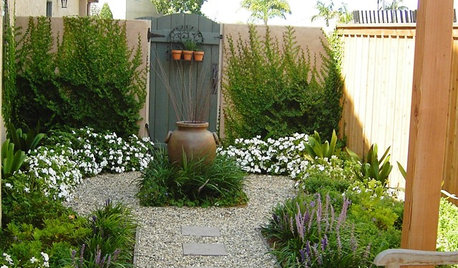How to grow mushrooms
drayven
14 years ago
Featured Answer
Sort by:Oldest
Comments (19)
Karen Pease
14 years agol_james
14 years agoRelated Professionals
Horsham Landscape Architects & Landscape Designers · Tomball Landscape Architects & Landscape Designers · Wake Forest Landscape Contractors · Aberdeen Landscape Contractors · Barrington Landscape Contractors · Bethel Park Landscape Contractors · Caldwell Landscape Contractors · Clayton Landscape Contractors · Cordele Landscape Contractors · Eureka Landscape Contractors · Eustis Landscape Contractors · Florham Park Landscape Contractors · Hayward Landscape Contractors · Plymouth Landscape Contractors · St. Louis Landscape Contractorsglib
14 years agomattjjd24
14 years agoKaren Pease
14 years agolazyhat
14 years agonever-give-up
14 years agodr_who
14 years agoglib
14 years agotn_veggie_gardner
14 years agoglib
14 years agolazyhat
14 years agoKaren Pease
14 years agolazyhat
14 years agoglib
14 years agoKaren Pease
14 years agolazyhat
14 years agoshesparticular
14 years ago
Related Stories

FARM YOUR YARD6 Things to Know Before You Start Growing Your Own Food
It takes time and practice, but growing edibles in the suburbs or city is possible with smart prep and patience
Full Story
EDIBLE GARDENSHerb Garden Essentials: Grow Your Own Oregano and Marjoram
Say 'buon giorno' to classic Italian herbs you can grow just as easily in pots as in the summer garden
Full Story
SPRING GARDENINGHow to Grow a Rose Garden in Pots
Everything can come up roses, even without a plot of soil in sight. This step-by-step guide to growing roses in containers shows you how
Full Story
COOL-SEASON CROPSCool-Season Vegetables: How to Grow Potatoes
This ever-popular tuber is a stalwart in spring and fall gardens and a staple in kitchens everywhere
Full Story
GARDENING GUIDESEdible Plants That Double as Ornamentals
Try growing these tasty plants with your ornamentals for an attractive garden and fresher meals
Full Story
FARMHOUSESHouzz Tour: Minimalism in a Pastoral Mood
Local materials help a Connecticut farmhouse look right at home, while its simplicity fits the owners’ aesthetic
Full Story
GARDENING GUIDESHow to Turn a Side Yard Into a Glorious Garden Room
With just 8 feet or so, you can turn a plain side yard into a garden that lets you get carried away
Full Story
LANDSCAPE DESIGNGardening for Happy Kids
Foster creativity, self-esteem and more by designing your landscape with a sense of discovery
Full Story
FALL GARDENINGMake This Fall’s Garden the Best Ever
Learn the most important tip for preventing buyer’s remorse, plus get more valuable buying and planting advice
Full Story
GARDENING GUIDESDo You Have This Invasive Plant in Your Yard?
Garlic mustard is spreading across the U.S. Here’s how to spot it and what to do
Full Story






bomber095